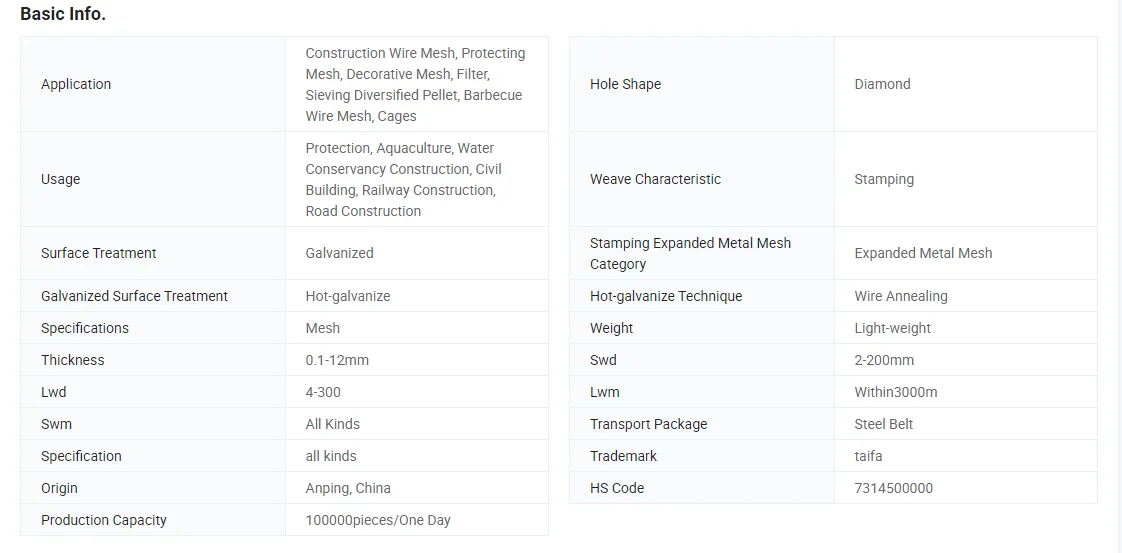Temporary Paddock Fencing A Practical Solution for Equine Management
When it comes to managing horses, the need for flexibility and efficiency in paddock systems is crucial. Temporary paddock fencing has emerged as a practical solution for equine management, providing horse owners with versatile and effective options for containing their animals safely while allowing for pastures to recover or be redesigned for specific uses. In this article, we will explore the benefits, types, and best practices of temporary paddock fencing.
The Importance of Effective Fencing
Horses are powerful animals, and effective fencing is necessary to prevent accidents, injuries, and escapes. Traditional permanent fencing can be costly and time-consuming to install, and it may not always meet the changing needs of horse owners. Temporary paddock fencing provides a viable alternative that allows flexibility in pasture management while ensuring the safety and well-being of the horses.
Benefits of Temporary Paddock Fencing
1. Flexibility One of the most significant advantages of temporary paddock fencing is its adaptability. Horse owners can quickly set up, move, or dismantle fencing as needed. This is particularly useful in rotation grazing practices, where pastures need time to recover between grazing periods.
2. Cost-Effective Temporary fencing solutions are typically more affordable than permanent options. They require less material and labor to install, making them a smart choice for horse owners on a budget or those managing multiple paddocks.
3. Ease of Installation Many temporary fencing systems are designed for quick and easy installation. These systems often require minimal tools and can be set up in a matter of hours, allowing for immediate use.
4. Land Management Temporary fencing can assist in better land management. By rotating horses between different paddocks, owners can reduce overgrazing and promote healthier pastures. This practice also helps manage manure distribution, which can enhance soil fertility.
5. Ideal for Events For those who participate in equestrian events, temporary fencing can provide a practical solution for creating designated areas for horses at shows, competitions, or clinics without the need for costly permanent structures.
Types of Temporary Paddock Fencing
temporary paddock fencing

1. Electric Fencing Electric fencing is one of the most popular forms of temporary fencing. It is lightweight, easy to install, and highly effective in containing horses when used correctly. Electric tape or rope is often used due to its visibility and safety features, deterring horses from pushing against it.
2. Panels Portable fencing panels are another excellent option. These panels are often made from sturdy materials such as steel or plastic and can be easily moved and reconfigured to create different paddock shapes and sizes. They are ideal for creating a secure area for horses during certain activities or events.
3. Portable Fencing Systems Comprehensive portable fencing systems combine elements of fencing and gates, offering convenience for quick setups. These systems can be marketed as all-in-one solutions that are easy to transport and deploy as needed.
4. Plastic Fencing Lightweight plastic fencing comes in various designs and colors. It can be beneficial for short-term use, such as marking boundaries during temporary events or guiding horses safely.
Best Practices for Temporary Fencing
When using temporary paddock fencing, it's essential to follow some best practices to ensure safety and effectiveness
- Regular Checks Conduct routine inspections of the fencing to ensure there are no weaknesses or breaches. Horses can be curious and may test the boundaries if they perceive any gaps.
- Proper Training Make sure that horses are introduced to temporary fencing slowly and safely. They should be familiar with the types of fencing being used.
- Use Visible Materials Choose fencing materials that are visible to horses. Bright colors or reflective features can help horses see the fence and avoid accidents.
- Safety First Always prioritize the safety of the horses. Ensure that all fencing materials are designed for livestock use and are free from sharp edges or protrusions.
In conclusion, temporary paddock fencing offers horse owners a flexible, cost-effective, and efficient solution for managing their animals and pastures. By understanding the benefits, types, and best practices associated with temporary fencing, horse owners can better protect their animals while ensuring their land is used sustainably. Whether managing seasonal pastures or preparing for an event, investing in temporary fencing could be the strategic choice for any equine enthusiast.
-
The Strength and Versatility of Aluminum Expanded Metal Mesh
NewsJun.10,2025
-
Safety Guards and Machine Enclosures Using Expanded Mesh
NewsJun.10,2025
-
Performance with Round Hole Perforated Mesh in Wall Panels
NewsJun.10,2025
-
How Steel Grating Trench Covers Distribute Weight Efficiently
NewsJun.10,2025
-
How Deck Mesh Railing Enhances Backyard Aesthetics
NewsJun.10,2025
-
Comparing Bar Thickness and Spacing in Steel Grating
NewsJun.10,2025
Subscribe now!
Stay up to date with the latest on Fry Steeland industry news.

